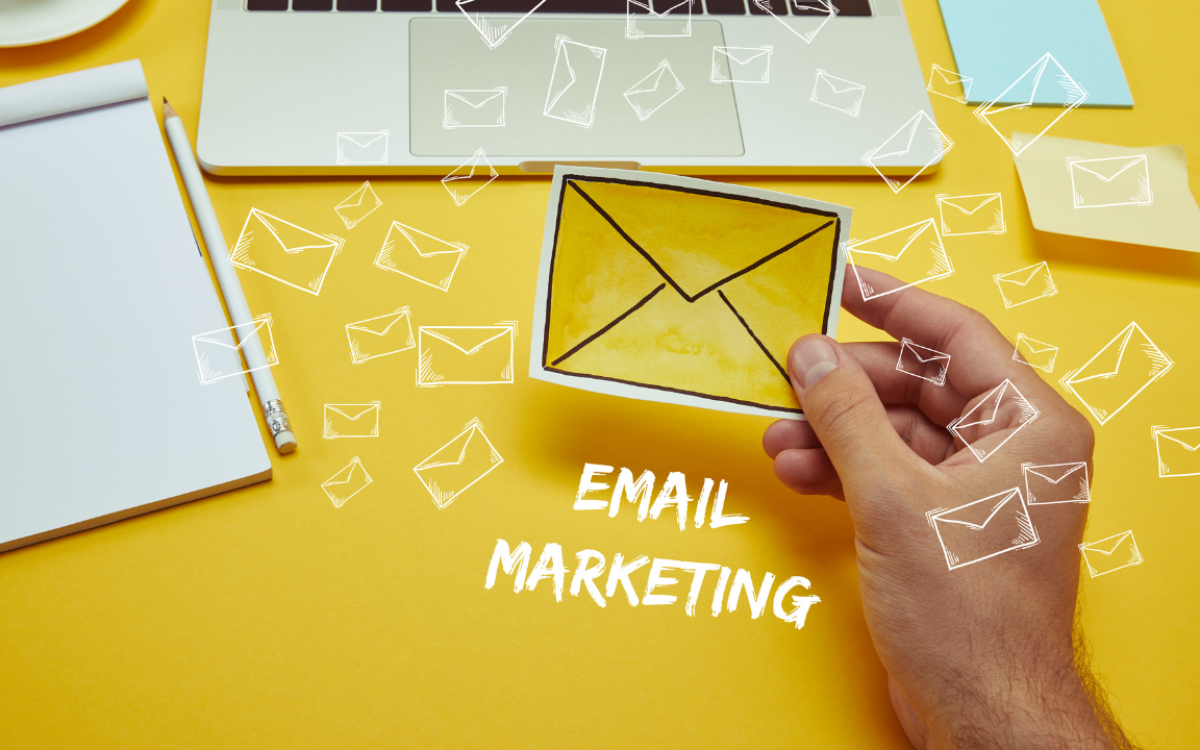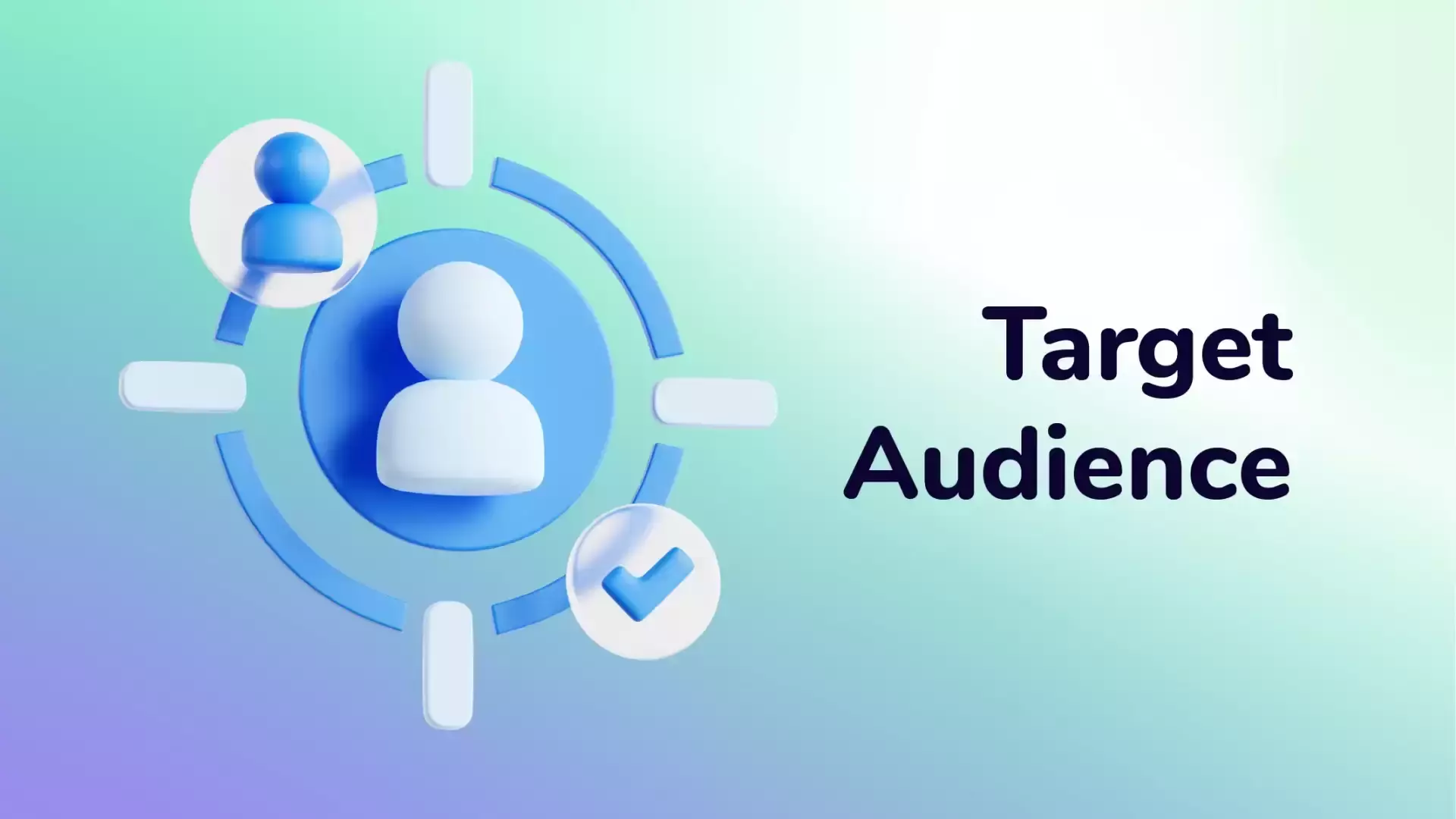
Wondering how to start email marketing? Then you have come to the right place.
Email marketing stands as a remarkably potent tool for reaching your audience and catalyzing conversions. Yet, for those unaccustomed to its intricacies, initiating the process may seem daunting.
In this guide, we'll navigate you through the essential steps to kickstart your email marketing campaign.
What is Email Marketing?
Email marketing means engaging with your customers through a medium they already interact with daily. It's a focused, straightforward, and efficient method to directly connect with your customer base.
Diverse content types can be crafted to achieve various objectives: Emails containing coupons and deals can allure customers to your store, messages spotlighting blog content can guide them to your website while gathering customer contact information can furnish valuable insights into your audience.
Related: Why Email Marketing is Important?
How to Start Email Marketing? Step-by-Step
Start your email marketing journey with these steps:
Step 1: Define Your Target Audience

The initial step in crafting an impactful email marketing campaign is defining your target audience.
This involves pinpointing a specific demographic or group of individuals most likely to be interested in your products or services.
By understanding their needs and preferences, you can tailor your messages to resonate with them effectively. This targeted approach not only enhances relevance but also boosts engagement rates.
Step 2: Choose an Email Marketing Platform:
An email marketing platform serves as the cornerstone of your campaign, facilitating the creation, delivery, and management of emails to your subscribers.
These platforms offer a range of tools, including customizable templates, list segmentation, automation capabilities, and performance analytics.
With numerous options available, such as Mailchimp, Constant Contact, and ConvertKit, selecting the right platform entails considering factors like features, pricing, and scalability to align with your business needs.
Step 3: Establish Your Goals
Before diving into your email marketing endeavors, establish clear objectives to guide your efforts.
Define measurable goals that align with your overall marketing strategy, whether it's customer acquisition, improved open rates, or increased conversions.
Setting benchmarks allows you to track progress and evaluate the effectiveness of your campaigns over time, ensuring alignment with your overarching business objectives.
Step 4: Build Your Contact List
Building a robust contact list is essential for effective email marketing.
Encourage visitors to your website to subscribe to your newsletter, incorporate opt-in forms throughout your site, and leverage order confirmations or customer surveys to capture email addresses.
Remember to prioritize permission-based marketing by obtaining consent from subscribers, thereby avoiding the risk of being flagged as spam.
Step 5: Plan and Execute Your First Campaign
With your goals established and your contact list in place, it's time to plan and execute your inaugural email campaign.
Craft compelling messages tailored to your audience's interests and preferences, paying attention to elements like subject lines, design aesthetics, and call-to-action buttons.
Monitor key metrics such as open rates and click-through rates to gauge the campaign's effectiveness and iterate accordingly.
Step 6: Test and Refine
Email marketing is an iterative process that requires continuous refinement.
Experiment with different approaches to optimize performance, whether it's testing subject lines, refining design elements, or adjusting message frequency.
Monitor metrics like deliverability, open rates, and conversion rates to identify areas for improvement and fine-tune your strategy accordingly.
Step 7: Measure Results
Utilize the analytics provided by your email marketing platform to measure the success of your campaigns.
Analyze metrics such as open rates, click-through rates, and conversions to gain insights into audience engagement and campaign effectiveness. Compile these findings into an email marketing report to inform future strategies and drive continuous improvement.
By following these steps and leveraging the insights gleaned from analytics, you can develop a robust email marketing strategy that effectively engages your audience and drives meaningful results for your business.
Email Marketing Tips
Navigating the realm of email marketing can be demanding, particularly for newcomers. It demands meticulous time management and organization to deliver impactful campaigns to your audience.
To alleviate this challenge, here are five straightforward yet indispensable tips to elevate the performance of your campaigns.
1. Ensure Readability
Recognize that your audience is inundated with emails daily, making it imperative to structure your content for swift comprehension.
Review your emails and seek feedback from colleagues to gauge their readability. Ask yourself if the content is compelling enough to prompt engagement and if it offers tangible value to the reader.
2. Enhance Visual Appeal
Harness the power of images and graphics to elevate the visual allure of your email campaigns.
Visual elements have a lasting impact on readers, capturing attention and fostering retention far more effectively than text alone.
This strategy proves particularly potent for businesses in sectors like fashion, jewelry, or culinary arts, where striking visuals can significantly enhance engagement.
3. Personalize Your Messaging
Move beyond generic salutations like "loyal customer" by infusing personalization into your campaigns.
Address recipients by name and tailor content to align with their preferences and past interactions.
Incorporating personalized product recommendations or referencing items previously browsed or added to carts demonstrates a deeper level of engagement, fostering stronger connections with your audience.
4. Leverage Existing Content
Maximize the value of your existing content assets, particularly those that have proven successful across your social media channels.
Repurpose compelling social media content for your email campaigns, providing a springboard for your initial efforts.
Focus on content that has resonated well with your audience in the past, ensuring a solid foundation for your email marketing endeavors.
5. Continuously Measure and Optimize
Embrace a culture of continuous improvement by diligently measuring the performance of your email campaigns.
Monitor metrics such as open rates, click-through rates, and conversion rates to glean insights into audience engagement and campaign effectiveness. Use this data to refine your strategies, optimize content, and experiment with new approaches, ensuring ongoing enhancement and refinement of your email marketing efforts.
By incorporating these tips into your email marketing strategy, you can cultivate more engaging campaigns that resonate with your audience and drive tangible results for your business.
Conclusion: How to Start Email Marketing
Email marketing is a vital asset for small businesses in the contemporary landscape. It serves as the optimal channel to engage with customers in a manner that is not only organic but also highly effective.
By dedicating efforts to delineate clear objectives, identifying suitable partnerships, and enhancing communication with your customer base, your business stands to harness the rewards of a proficient email marketing strategy.

